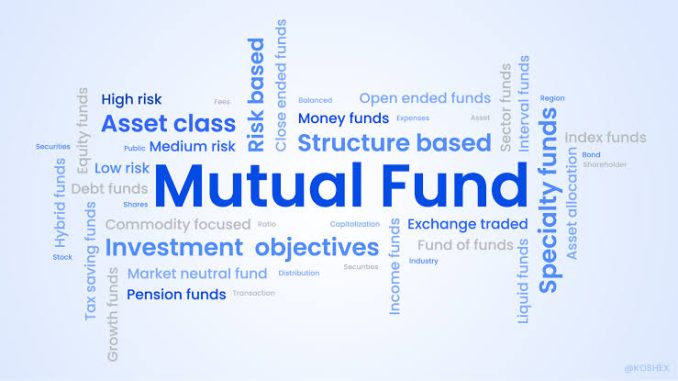
The category of mutual funds to invest in depends on an investor\’s financial goals, risk tolerance, and investment horizon. In 2025, several categories of mutual funds will likely perform well, as each has different investment preferences. Here\’s a breakdown of some of the best categories of mutual funds to consider:
1. Equity Mutual Funds
- Best for: Long-term growth, high risk tolerance
- Investment Horizon: 5+years
Equity mutual funds primarily invest in stocks and are hence the most volatile but also one of the highest-returning categories of mutual funds over the long term. These funds offer investors the potential for high capital appreciation but come with increased risk, especially in short to medium-term periods.
Large-cap Funds: Large-cap funds invest in well-established, blue-chip companies with large market capitalization. They are less volatile than the mid-cap or small-cap funds but still offer decent growth potential. Large-cap equity funds are suitable for conservative equity investors.
Mid-cap and Small-cap Funds: These funds invest in medium and small companies that are at high growth rates but can face high risks. These could very well deliver high returns, but with pretty volatile patterns. These funds would, therefore, be suited to investors who could tolerate the possibility of receiving very good returns for assuming a bit more risk.
Sectoral/Thematic Funds: These funds are oriented toward specific sectors like technology, healthcare, or infrastructure. In case of a boom in that particular sector, the returns will be huge, but on the other side, these funds are more risky, as all their money is concentrated in one particular sector.
2. Hybrid Funds
- Best for: Moderate risk tolerance, seeking balanced growth
- Investment Horizon: 3-5 years
Hybrid funds, otherwise known as balanced funds, invest in equities and fixed-income instruments such as bonds. They strive to achieve a balance between growth and income with moderate risk. Such funds would be suitable for investors seeking equity exposure but at the same time seeking some stability and mitigation of risks through debt investments.
Aggressive Hybrid Funds: These funds usually have a higher equity allotment, with the maximum amount being 65-80%, while the remaining goes to debt. They are suitable for those investors who look for higher returns but at a moderate level of risk.
Conservative Hybrid Funds: These funds have a higher allocation to debt (up to 75-80%) and a lower allocation to equities. This makes them suitable for investors who are risk-averse and seek stable returns with less volatility.
3. Debt Mutual Fund Schemes
- Best for: Conservative investors, low risk
- Investment Horizon: 1-3 years
Debt mutual funds primarily invest in bonds, government securities, and other fixed-income instruments. These funds usually return lower returns compared to equity funds but are much safer and more stable. Debt funds are ideal for conservative investors or those looking to preserve capital with steady returns.
Short-Term and Liquid Funds: These funds invest in short-duration instruments and, therefore, represent a very \’safe\’ class of investment with relatively minimal risk. These schemes definitely come in handy in case one wants to park his short-term savings or even create an emergency fund.
Long-term debt funds are those that are investing in longer-duration bonds, hence offering scope for better returns, especially in the falling interest rate scenario. These funds bear interest rate risk and should be avoided by short-term investors.
4. Index Funds & ETFs
- Best for: Passive investors, low cost
- Investment Horizon: Long-run
Index funds and ETFs are a variety of passive investment vehicles designed to track the performance of a certain index, say the Nifty 50 or Sensex. These have lower management fees and ideally suit investors who look to broad market exposure without active management.
Index Funds: A mutual fund invested in the market index. They are relatively cheaper because of lower expense ratios and are thus the best-suited product for a long-term investor when he requires market returns but at negligible costs.
They are similar to index funds but trade on stock exchanges like stocks and can be bought and sold throughout the trading day. With low fees and high liquidity, the ideal combination for any investor looking to keep costs minimal, ETFs are truly a great thing.
Conclusion
The best category of mutual fund would be related to your financial goals, risk tolerance, and investment horizon. For high growth and high-risk takers, equity mutual funds would be ideal. Hybrid funds are the balanced ones, while debt mutual funds would go for those seeking stability and lower risks. For tax-saving purposes, one of the best options is the ELSS funds. Moreover, index funds, ETFs, and international funds offer diversification and low-cost options, among others. You need to make sure that what you chose is in full compliance with your overall financial strategy and risk profile.
Leave a Reply